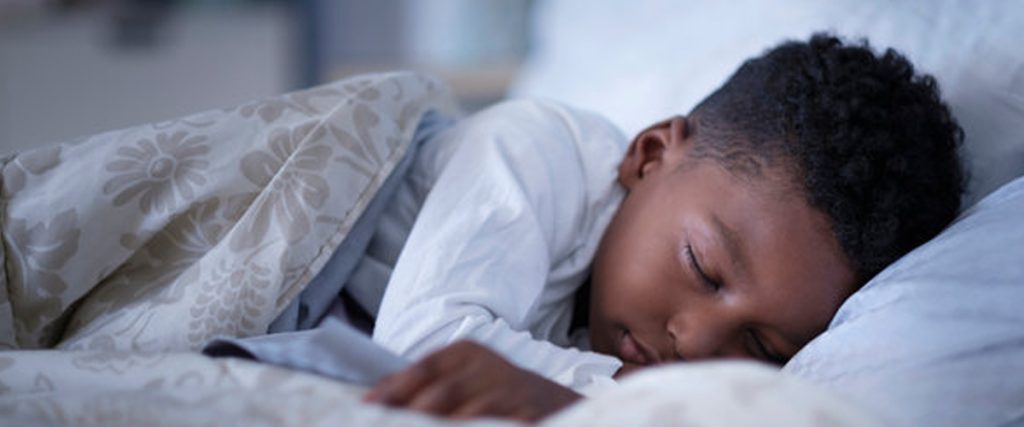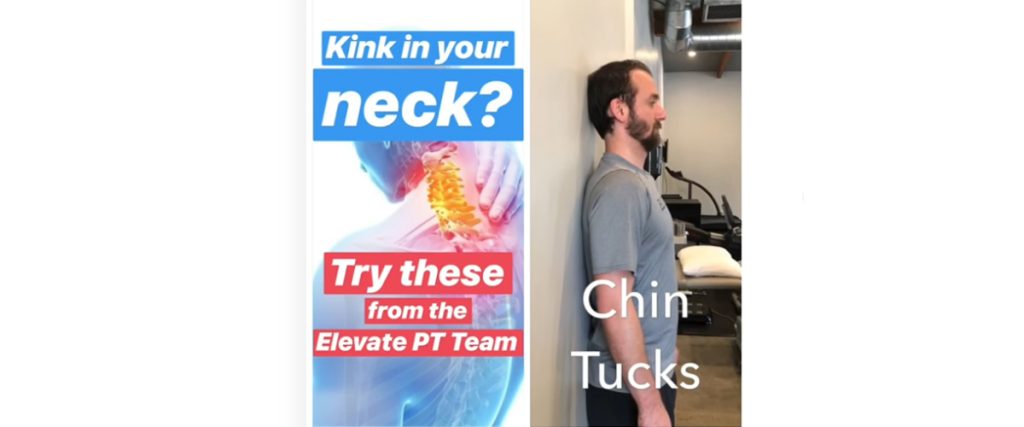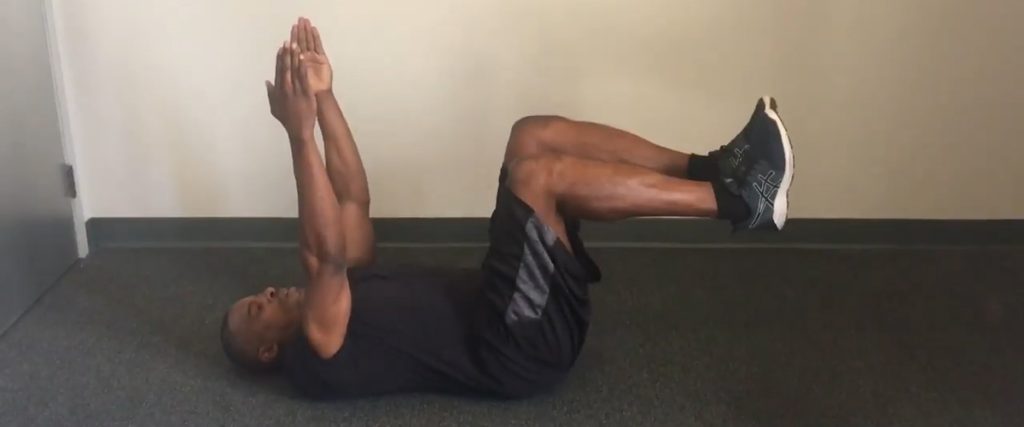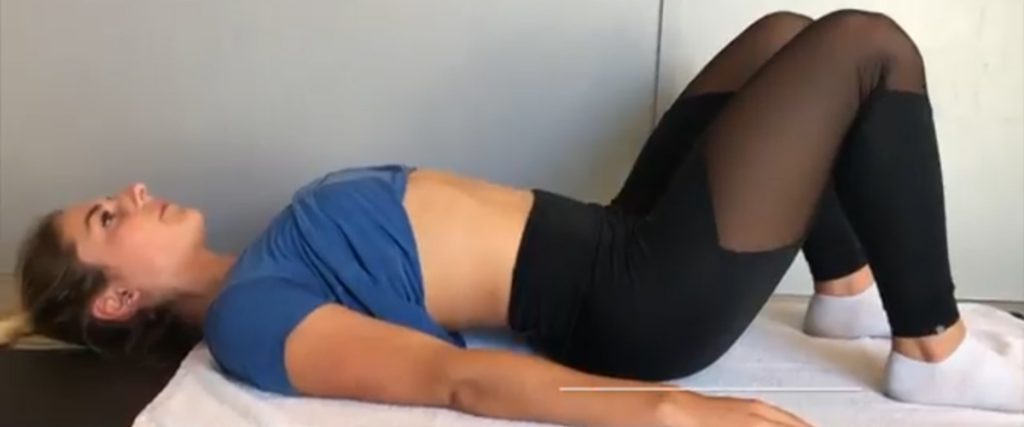Helping Our School-Age Children Sleep Better
BY PERRI KLASS, M.D, NY Times Everyone knows that getting a baby to sleep through the night can be a big challenge for parents. But sleep problems are common among preschool and school-age children, too. As we ask children to function in school, academically and socially, fatigue can affect their achievement and behavior. Australian research on sleep problems in children has included work aimed at the “school transition” year in which children adjust to a school schedule. In a study of 4,460 children, 22.6 percent had sleep problems, according to their parents, at that transition age of 6 to 7 years. “We were surprised, we thought it was all baby sleep” that was the problem, said Dr. Harriet Hiscock, a pediatrician who is a senior research fellow at the Murdoch Childrens Research Institute at the Royal Children’s Hospital in Melbourne who was one of the authors of the study. Those results led to a randomized controlled trial of a brief intervention for children in their first year of school. A group of 108 parents who felt their children had sleep problems was divided into two groups. One group got a consultation at school, with a program of strategies tailored to the child’s sleep issues, and a follow-up phone consultation; the other group got no special intervention and served as controls. Parents in the intervention group were counseled about a range of possible measures to improve sleep, from consistent bedtimes and bedtime routines to relaxation strategies for anxiety that might be contributing to insomnia. The children in the intervention group resolved their varying sleep problems more quickly, though sleep problems got better over time in both groups. The interventions also produced positive effects on the child’s psychosocial function and parents’ mental health. The most common sleep issues for children around the age of school entry, Dr. Hiscock said, definitely include limit-setting issues — that is, some of them need their parents to make the rules and routines clear. But there are also children with what sleep specialists call “sleep onset association disorder,” in which a child has become habituated to falling asleep only in a certain context, requiring the presence of a parent, or needing to have the TV on, to cite two common examples. Very anxious children are also often problem sleepers. And then there are children beset by nightmares, night terrors and early morning waking. Screen use is a major issue in childhood sleep, and more generally in childhood these days. The first recommendation is always to get the screens out of the bedroom, the same recommendation made for improving adolescent sleep, and for adults in the current best-selling book by Ariana Huffington. All of us, old and young, are vulnerable here, but it’s a good place for parents to draw the line for their children, even when they can’t quite manage it for themselves. Reut Gruber, a psychologist who is an associate professor in the department of psychiatry at McGill University, where she is director of the Attention Behavior and Sleep Lab, said that there is a close association between sleep and a wide range of cognitive functions, including attention, executive function and memory. When children go to school, “they need to pay attention and plan and follow instructions, all of which fall under executive function, which is very much affected by sleep,” she said. Many parts of the brain work less well when children are tired. “The prefrontal cortex is very sensitive to sleep deprivation, and it is key to the brain mechanisms which underlie executive function and some of the attentional processes,” she said. “The amygdala is affected by sleep deprivation and is essential for emotional processes.” These different but connected brain pathways led her to be interested in the way that sleep affects many different aspects of academic performance. In an experimental study of a small group of 7- to 11-year-olds who did not have sleep, behavior or academic problems, the children were asked to change their sleep patterns, so that they were sleeping an hour less per night, or an hour more. After five days with less sleep, she said, there was measurable deterioration in alertness and emotional regulation, and after five days with more sleep, there were gains in these areas. For the past several years, Dr. Gruber and her colleagues have worked with a school board in Montreal to develop a school-based sleep promotion program that was piloted in three elementary schools; results were published in May in the journal Sleep Medicine. The intervention involved a six-week sleep curriculum for the children, to teach them about healthy sleep habits, and materials designed to involve parents, teachers, and school principals, who were asked to consider the sleep ramifications of school schedules, extracurricular activities and homework demands. The children in the intervention group extended their sleep by an average of 18.2 minutes a night, and also reduced the length of time it took them to fall asleep by 2.3 minutes. These relatively modest changes correlated with improved report card grades in English and math; the control group children’s sleep duration did not change, and their grades did not improve. The goal of the intervention was to help families make sleep a priority. “How do you make changes in your priorities, find the way as a family, as a school, as an individual, to reshuffle things, no matter how much homework, no matter how many aunts and uncles coming for a visit, that bedtime will still be respected?” Dr. Gruber asked. “We all agree in principle, but how do we actually incorporate it into daily life?” The American Academy of Pediatrics recently endorsed the 2016 guidelines issued by the American Academy of Sleep Medicine, that 3- to 5-year-olds need 10 to 13 hours of sleep per day (including naps), while 6- to 12-year-olds need nine to 12 hours for optimal health and well-being. Dr. Gruber advised that a child should wake up naturally, without requiring energetic parental encouragement. If after nine or 10 hours of sleep, a child still seems very tired, parents might wonder about




